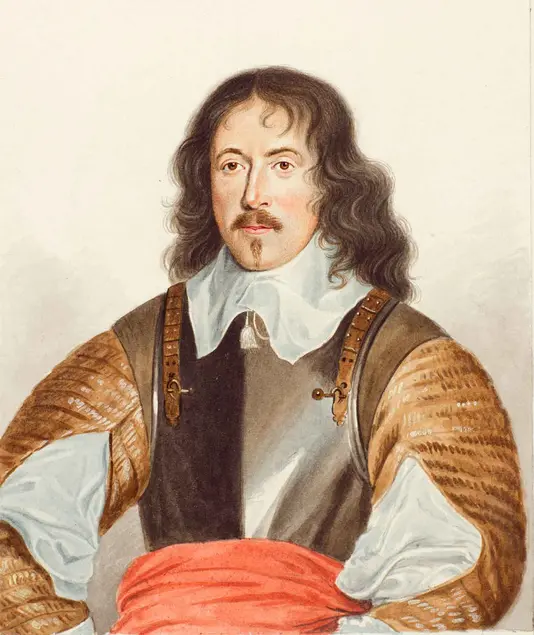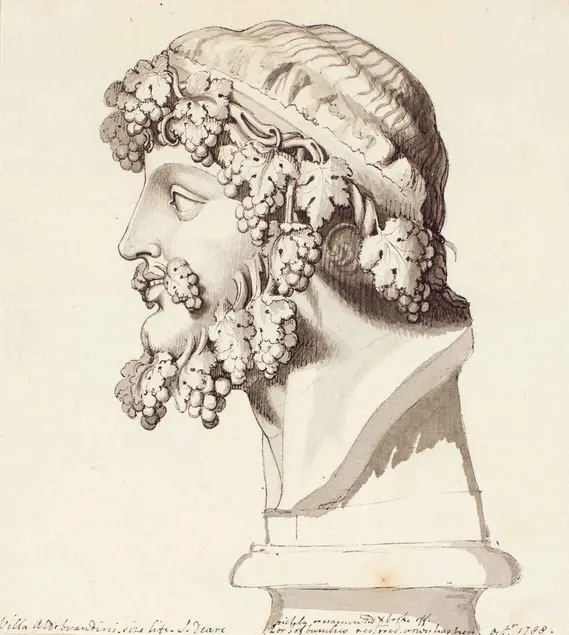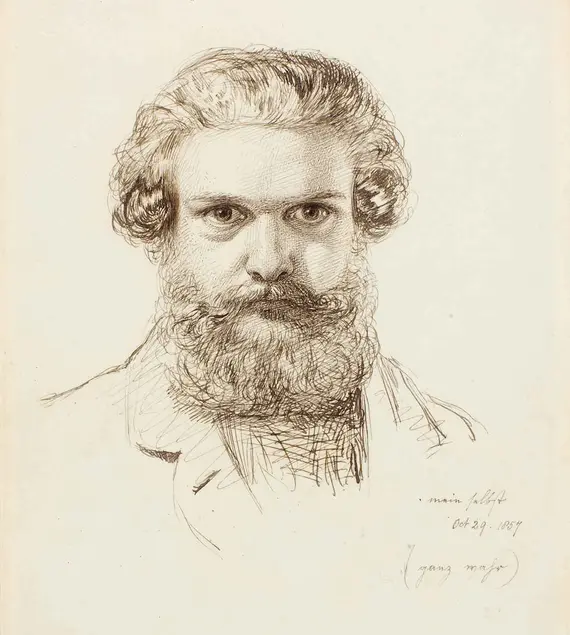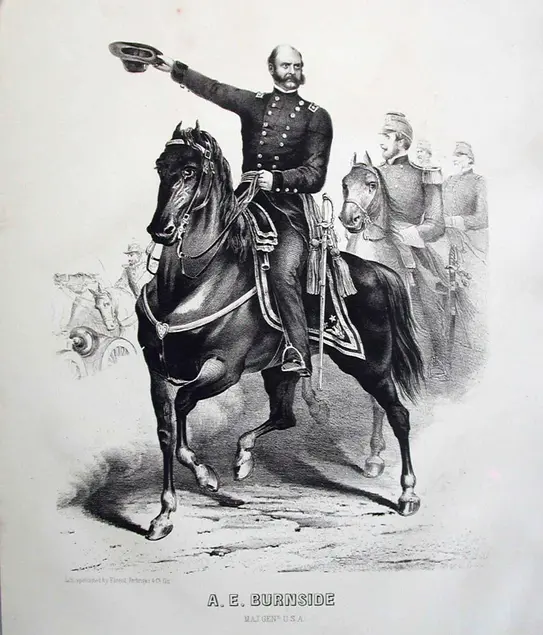A History of Whiskers: Facial Hair and Identity in European and American Art, 1750-1920
Facial hair has always been more than a matter of fashion. Impeccably coiffed or wild and unkempt, a beard or mustache says a lot about a man and who he aspires to be. This exhibition explores how facial hair styles were used to craft the identities of historical figures and fictional characters.







